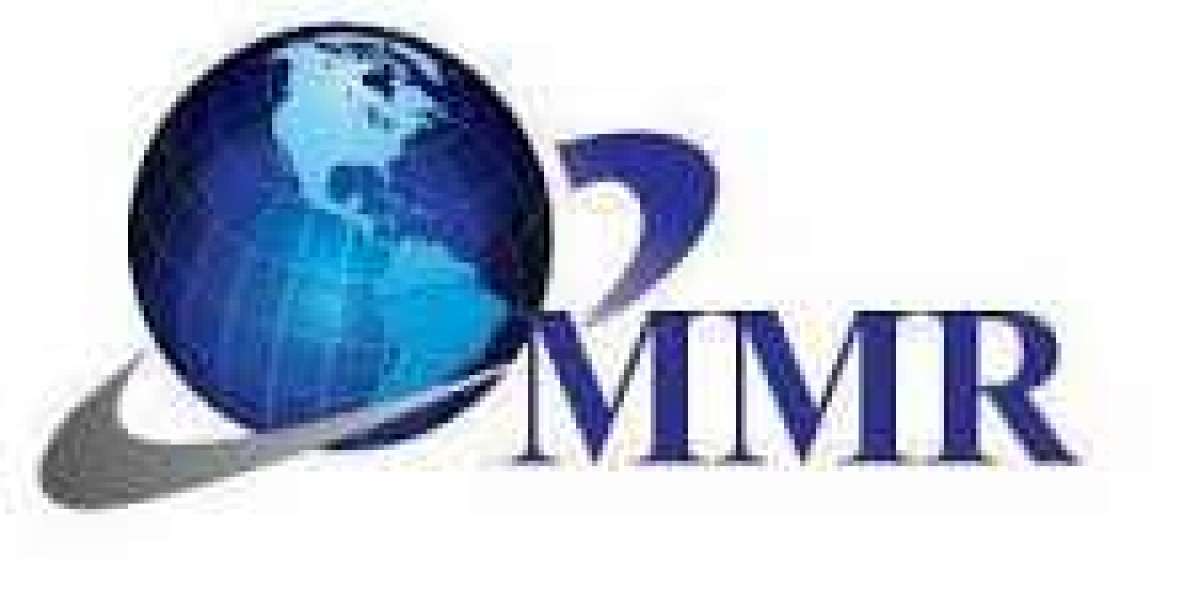According to TechSci Research report, “Marine Navigation System Market - Global Industry Size, Share, Trends, Competition Forecast & Opportunities, 2029F”, the Global Marine Navigation System Market stood at USD 12.68 billion in 2023 and is anticipated to grow with a CAGR of 6.18% in the forecast period. The Global Marine Navigation System Market is witnessing robust growth driven by several key factors. Technological advancements in navigation systems, such as the integration of artificial intelligence (AI) and machine learning, have significantly enhanced the accuracy and efficiency of marine navigation.
These innovations allow for better route planning, real-time decision-making, and predictive maintenance, which are crucial for reducing operational costs and enhancing safety at sea. Additionally, the increasing adoption of autonomous ships is propelling the demand for advanced navigation systems. Autonomous vessels rely heavily on precise navigation technology to operate safely and efficiently, making sophisticated navigation systems indispensable.
The marine navigation system market is experiencing robust growth driven by a convergence of factors that span technological advancements, regulatory mandates, increasing maritime trade, and expanding applications across diverse sectors. Key technologies such as Automatic Identification System (AIS), radar systems, Electronic Chart Display and Information Systems (ECDIS), Global Navigation Satellite Systems (GNSS), and underwater acoustic positioning systems are pivotal in enhancing safety, efficiency, and operational capabilities across various maritime operations.
Technological advancements play a significant role in shaping the market landscape. The integration of AI, machine learning, and big data analytics into navigation systems enables real-time data processing, predictive analytics for weather and sea conditions, and optimization of vessel routes to minimize fuel consumption and operational costs. Innovations in sensor technology, including improved accuracy and reliability of GPS and GNSS systems, are crucial for enhancing navigation precision and supporting autonomous vessel operations.
Regulatory frameworks, particularly those set by the International Maritime Organization (IMO) and regional authorities, mandate the adoption of advanced navigation systems to ensure compliance with safety standards and environmental regulations. These regulations drive the adoption of ECDIS for electronic navigation chart display and real-time vessel tracking through AIS, enhancing situational awareness and collision avoidance capabilities.
Moreover, the increasing emphasis on maritime security and the need for effective surveillance and monitoring solutions further propel the demand for radar systems, AIS, and satellite-based communication systems in the marine navigation system market.
Despite these opportunities, the market faces challenges such as cybersecurity risks associated with digitization, integration complexities of diverse navigation technologies, and high initial costs of implementing advanced systems. However, these challenges also present opportunities for market players to innovate and develop comprehensive, integrated navigation solutions that address the evolving needs of maritime stakeholders.
Browse over market data Figures spread through XX Pages and an in-depth TOC on "Global Marine Navigation System Market.”
https://www.techsciresearch.com/report/marine-navigation-system-market/22079.html
The global Marine Navigation System market is segmented into type, application, end user and region.
Based on application, The Autonomous Underwater Vehicle (AUV) segment is emerging as the fastest-growing application type within the Global Marine Navigation System Market. AUVs play a crucial role in various underwater missions, including oceanographic research, underwater mapping, environmental monitoring, pipeline inspection, and offshore exploration activities. These vehicles are equipped with advanced navigation systems such as acoustic positioning, inertial navigation systems (INS), and Doppler velocity logs (DVL) to autonomously navigate through underwater environments with high precision.
The increasing demand for AUVs is driven by their ability to operate independently for extended periods, collect data in remote and deep-sea locations where human presence is impractical or unsafe, and reduce operational costs compared to manned missions. They are integral to improving underwater mapping accuracy, monitoring marine ecosystems, and supporting underwater infrastructure maintenance.
Technological advancements in sensor technology, communication systems, and autonomous navigation algorithms are further enhancing the capabilities and efficiency of AUVs. As industries and research organizations worldwide recognize the benefits of AUVs in enhancing maritime operations and scientific research, the market for marine navigation systems tailored for these autonomous underwater vehicles is expected to continue expanding rapidly in the coming years.
Major companies operating in Global Marine Navigation System Market are:
- Inmarsat Global Limited
- Northrop Grumman Corporation
- Honeywell International Inc.
- Hughes Network Systems, LLC
- Thales SA
- Thuraya Telecommunications Company PJSC
- Safran SA
- Network Innovations Inc
- Teledyne Technologies Incorporated
- Iridium Communications Inc
Download Free Sample Report
https://www.techsciresearch.com/sample-report.aspx?cid=22079
Customers can also request for 10% free customization on this report.
“The Global Marine Navigation System Market is a cornerstone of maritime safety and efficiency, encompassing a wide array of technologies and systems that enable vessels to navigate the world's waters with precision. As international trade and maritime activities continue to expand, the demand for accurate and reliable navigation solutions grows. This market is driven by the need to ensure the safe passage of vessels, optimize shipping routes, and meet international maritime regulations.
While it benefits from technological advancements such as global navigation satellite systems (GNSS), it also faces challenges related to technology risks, environmental concerns, and the need to adapt to evolving industry demands. The Global Marine Navigation System Market is integral to the global maritime industry, contributing to safe, efficient, and sustainable seafaring.” said Mr. Karan Chechi, Research Director of TechSci Research, a research-based management consulting firm.
“Marine Navigation System Market – Global Industry Size, Share, Trends, Opportunity, and Forecast, Segmented By Type (Marine Radar, Fish Finders, AIS (Automatic Identification System), VHF Transceiver, Chart-plotters, Others) By Application Type (Ship, Remotely Operated Underwater Vehicle, Autonomous Underwater Vehicle, Others), By End User (Defense, Commercial) By Region & Competition, 2019-2029F”, has evaluated the future growth potential of Global Marine Navigation System Market and provides statistics & information on market size, structure and future market growth. The report intends to provide cutting-edge market intelligence and help decision makers take sound investment decisions. Besides, the report also identifies and analyzes the emerging trends along with essential drivers, challenges, and opportunities in Global Marine Navigation System Market.
Contact Us-
TechSci Research LLC
420 Lexington Avenue, Suite 300,
New York, United States- 10170
M: +13322586602
Email: [email protected]
Website: www.techsciresearch.com







